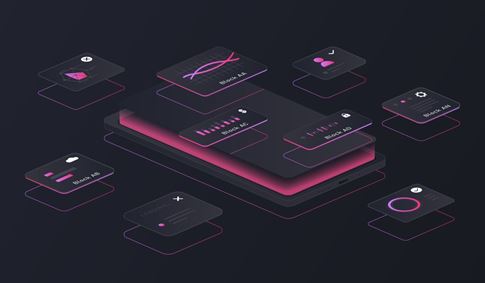In the pursuit of creating inclusive and accessible learning environments, the Neurodiversity Design System (NDS) stands as a pioneering website that merges the principles of neurodiversity and user experience design. Built specifically for Learning Management Systems (LMS), the NDS provides a comprehensive set of standards and guidelines to ensure that learning interfaces support the success and achievement of all individuals, regardless of their neurodivergent traits. By embracing neurodiversity, the NDS aims to create a cohesive and inclusive learning experience for diverse learners.
Understanding Neurodiversity and User Experience Design
1. Embracing Neurodiversity: The NDS recognizes neurodiversity as a natural and valuable aspect of human variation. It emphasizes the unique strengths and perspectives that individuals with neurodivergent traits bring to the learning process. By embracing neurodiversity, the NDS seeks to create a learning environment that respects and supports the diverse needs and learning styles of all students.
2. User Experience Design Principles: User experience design plays a crucial role in ensuring that learning interfaces are accessible, intuitive, and engaging for all users. The NDS incorporates user-centered design principles to create an inclusive learning experience that accommodates a wide range of cognitive and sensory preferences. It emphasizes simplicity, clarity, and flexibility in interface design to enhance usability and learning outcomes.
Building an Accessible Learning Environment
1. Standards and Principles: The NDS provides a coherent set of standards and principles specifically tailored to Learning Management Systems. These guidelines cover various aspects, including layout, typography, color palettes, navigation, interaction design, and content organization. By adhering to these standards, developers and designers can create consistent, accessible, and user-friendly learning interfaces.
2. Supporting Success and Achievement: The primary goal of the NDS is to ensure that individuals with diverse learning needs can thrive in the educational setting. By incorporating inclusive design practices, such as clear and concise instructions, visual aids, multi-modal content presentation, and customizable learning options, the NDS supports the success and achievement of all learners. It strives to minimize barriers and provide a supportive environment that fosters engagement and learning.
3. Continuous Improvement: The NDS is an evolving resource that embraces feedback and encourages collaboration among designers, educators, and neurodivergent individuals. By actively engaging with the user community and incorporating their insights and experiences, the NDS aims to continuously improve and refine its guidelines, ensuring that they remain up-to-date and relevant.
The Neurodiversity Design System (NDS) is a pioneering website that merges the principles of neurodiversity and user experience design to create inclusive learning environments within Learning Management Systems. By embracing the strengths and needs of neurodivergent individuals, the NDS fosters an inclusive and accessible learning experience that supports the success and achievement of all learners. Through its comprehensive standards, principles, and ongoing collaboration, the NDS empowers designers, developers, and educators to create learning interfaces that celebrate diversity, accommodate individual differences, and promote equal access to education. By implementing the NDS guidelines, we can create a future where every learner has the opportunity to thrive and reach their full potential.
















